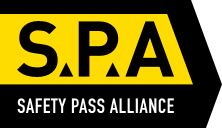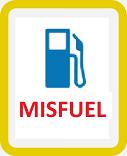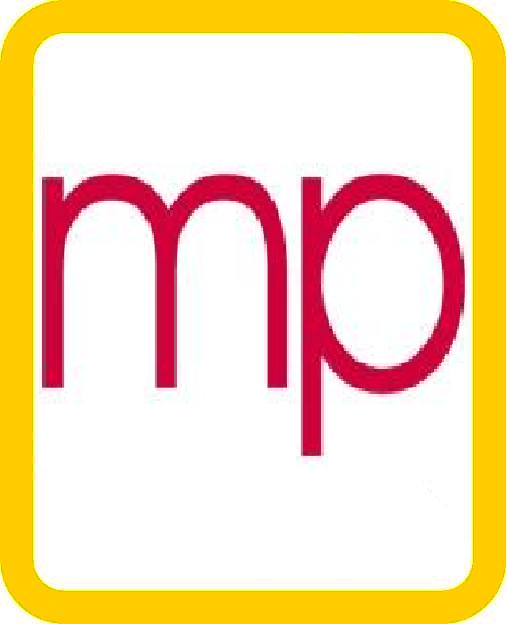Date:5 December 2017
The Health and Safety Executive (HSE) has accepted a Crown Censure after a worker at its laboratory was injured when conducting an experiment at a testing facility.
On 4 October 2016 a worker at HSE’s Laboratory in Buxton suffered serious burns while setting up an experimental hydrogen test rig. He has since returned to work.
The incident happened when a prototype hydrogen storage vessel was being tested to determine if the design would be suitable for its intended use. While filling the vessel a connector failed and a quantity of hydrogen escaped under pressure. The hydrogen ignited and the HSE employee who was close to the vessel was injured.
HM Inspectors of Health and Safety investigated the incident and served a Crown Improvement Notice requiring HSE to provide a system of work for proof testing and leak testing an assembled hydrogen line and test tank to ensure, so far as is reasonable, the safety of employees and other people in the vicinity. HSE complied with the Notice.
The investigation by HM Inspectors concluded that the pressure testing went wrong because of failings to assess, plan, manage and control a well-known risk of death or serious injury.
The investigation team found the incident could have been prevented by putting in place recognised control measures available in longstanding published guidance.
Director of field operations, Samantha Peace said: “The Act is not intended to stop people from doing work that may be inherently dangerous, such as pressure testing. It is about ensuring that where work involves danger then this is reduced as much as it properly can be.
“In this case, HSE bear this responsibility as an employer. They fell below the required standard and as the failings exposed workers to the risk of death or serious injury, a Crown Censure is the right course of action. HSE has co-operated fully with the investigation and we are satisfied that action has been taken to put matters right.”
Richard Judge said “As chief executive of HSE, and on behalf of my colleagues on the Management Board and the HSE Board, I very much regret this incident happened, and especially that our colleague was injured. On this occasion, we did not meet the standards we expect of others and that is deeply disappointing. HSE accepts the Crown Censure.
“We took early action to resolve the immediate issues identified by the regulatory and internal investigations. In line with our spirit of continuous improvement, we are using the findings from the investigations as an opportunity to learn and to do significantly better.”
By accepting the Crown Censure, HSE admitted to breaching its duty under Section 2 of the Health and Safety at Work etc. Act 1974 in that it exposed employees to risks to their health, safety and welfare.
As a Government body, HSE cannot face prosecution in the same way as private or commercial organisations and a Crown Censure is the maximum sanction a government body can receive. There is no financial penalty associated with Crown Censure, but once accepted is an official record of a failing to meet the standards set out in law.
Notes to Editors
- The breach of law the Censure is being issued over is: Section 2(1) of the Health and Safety at Work etc. Act 1974, which states: “It shall be the duty of every employer to ensure, so far as is reasonably practicable, the health, safety and welfare at work of all his employees.”
- More information on Crown Censures can be found here: http://www.hse.gov.uk/enforce/enforcementguide/investigation/approving-enforcement.htm[1]
- The Code for Crown Prosecutors
 [2] sets out the principles for prosecutors to follow when they make enforcement decisions. HSE’s approach to Crown Censure is set out in its enforcement policy statement[3].
[2] sets out the principles for prosecutors to follow when they make enforcement decisions. HSE’s approach to Crown Censure is set out in its enforcement policy statement[3]. - Guidance referred to is Safety Requirements for Pressure Testing GS4 (Fourth Edition)
- The Health and Safety (Enforcing Authority) Regulations 1998 set out the enforcement responsibilities of local authorities and the Health and Safety Executive. Regulation 4 provides that the Health and Safety Executive is the enforcing authority for “the Crown” which would include non-departmental public bodies such as itself. Regulation 4 also provides an exception that “regulation 3 shall apply to any part of premises occupied by the Executive and to any activity carried on there.” Regulation 3 makes the local authority the enforcing authority where the main activity in the premises is specified in Schedule 1 of the Regulations. The type of activity undertaken at the Health and Safety Laboratory (HSL), namely laboratory and testing activity, is not specified in the Schedule. This means the Health and Safety Executive is the enforcing authority for Science Division, which includes HSL. In accordance with existing policy, the circumstances surrounding the incident that took place at HSL leading to this Censure have been investigated by inspectors of Field Operations Division. This has ensured the independence of investigation, reporting and regulatory decision-making arrangements.



















